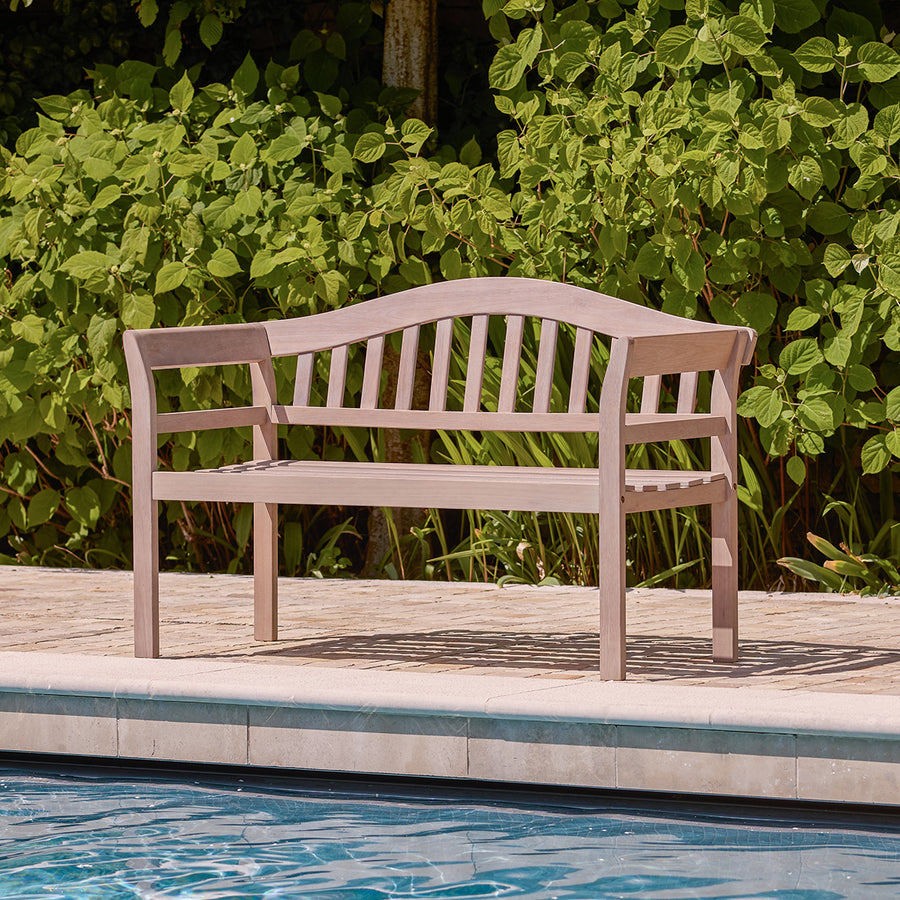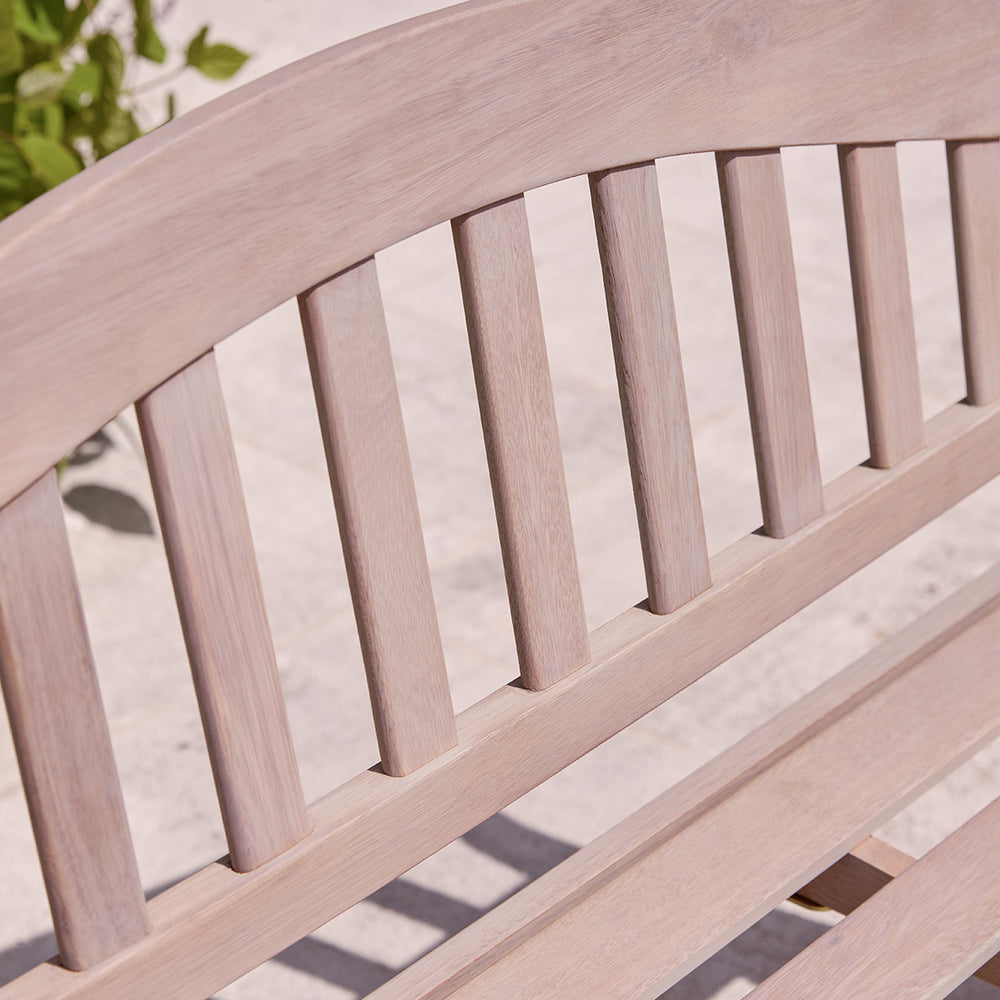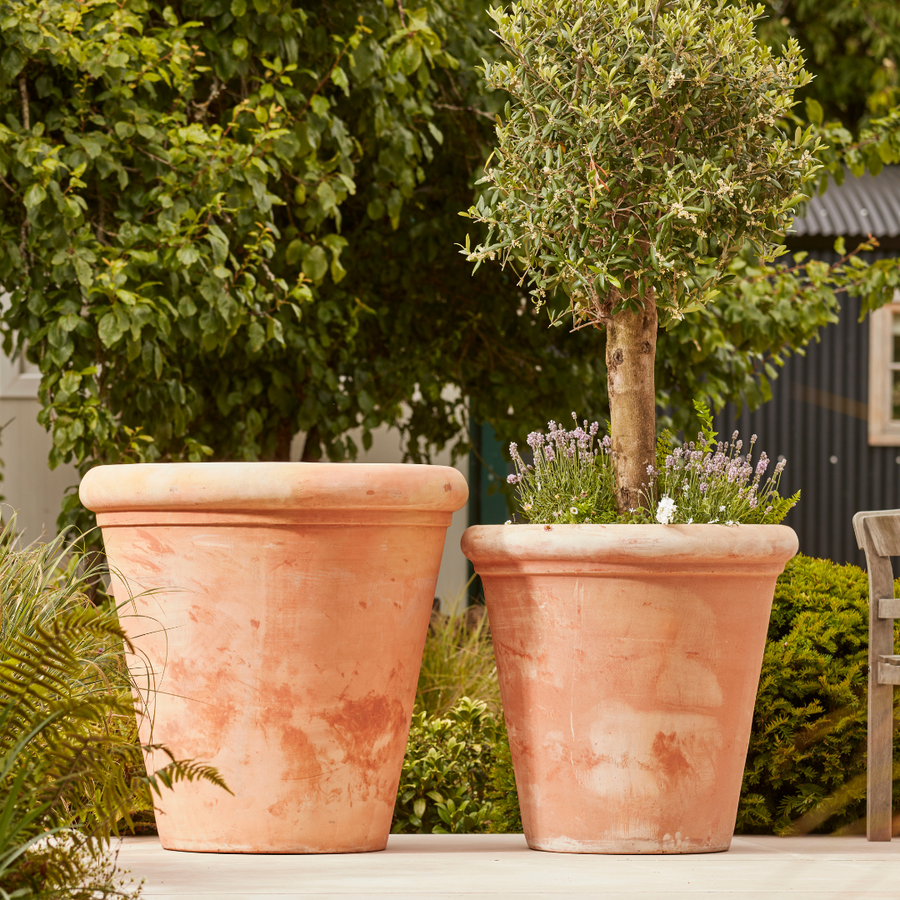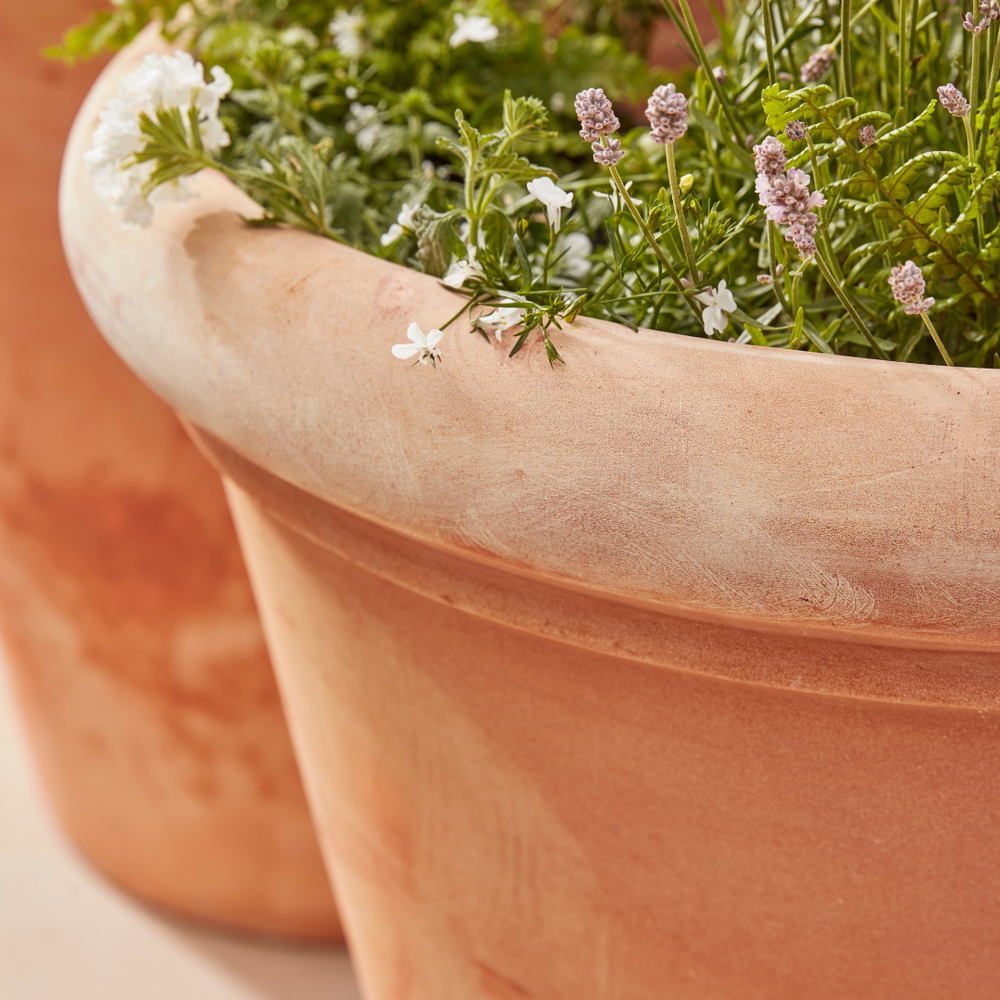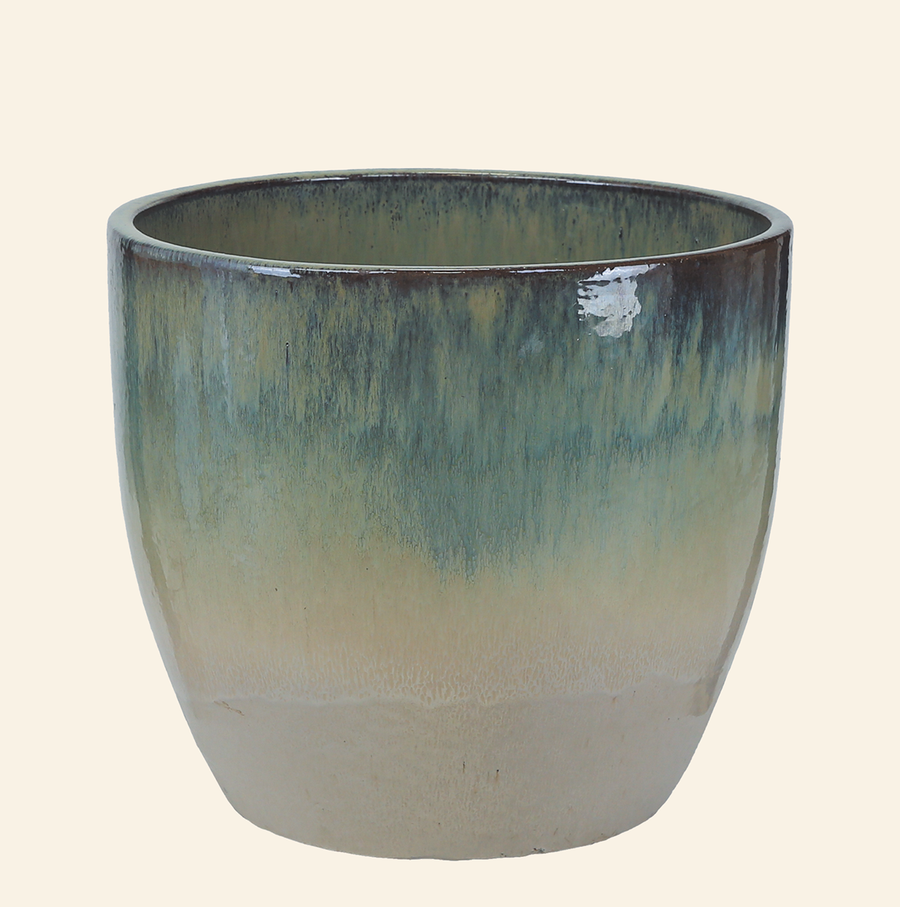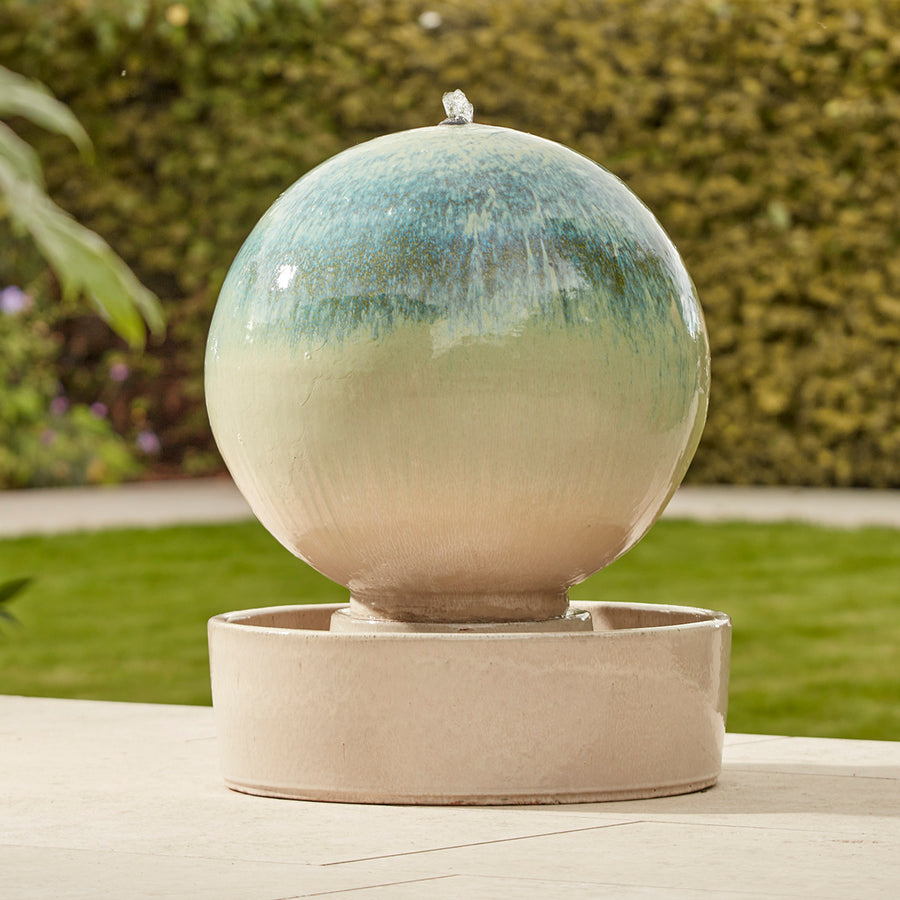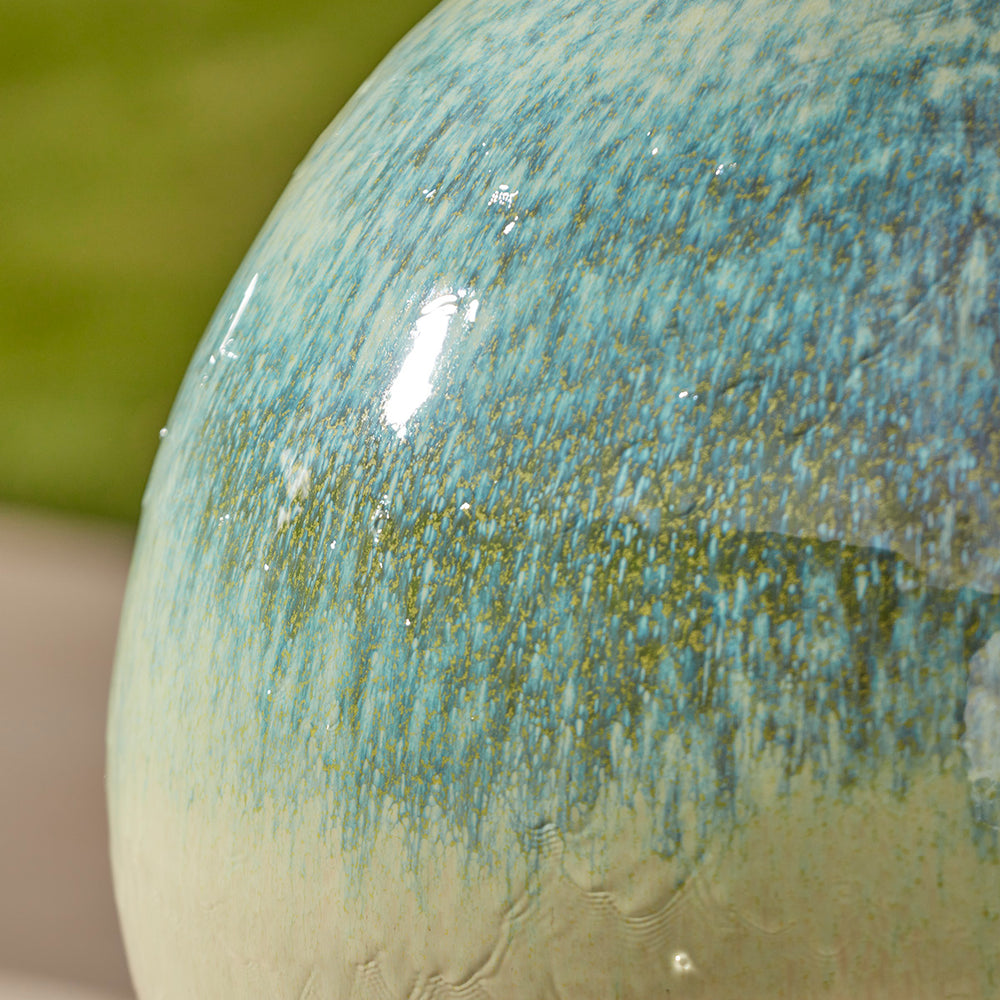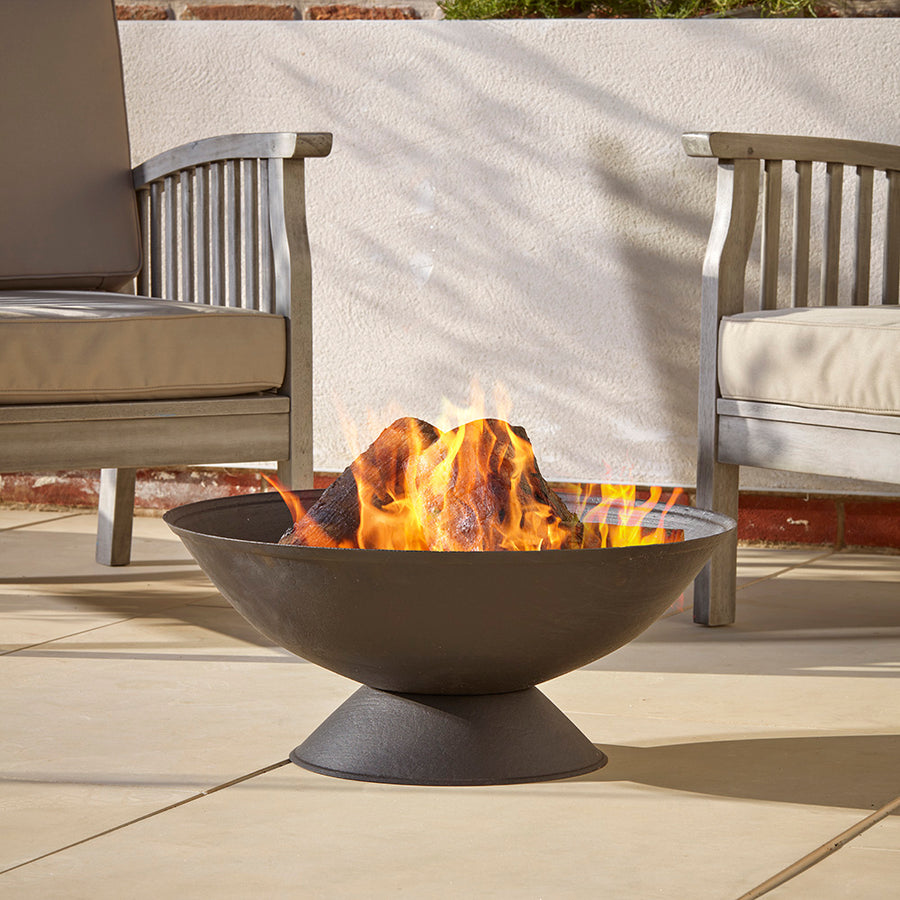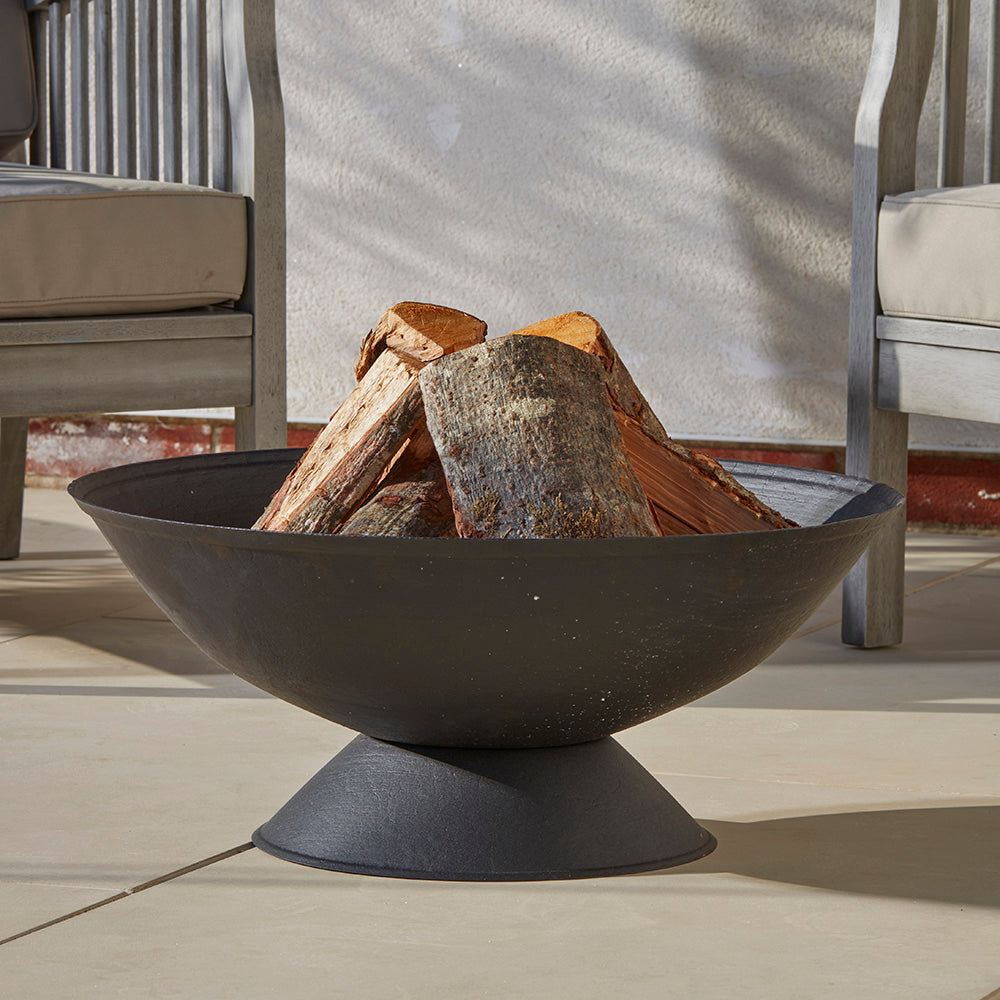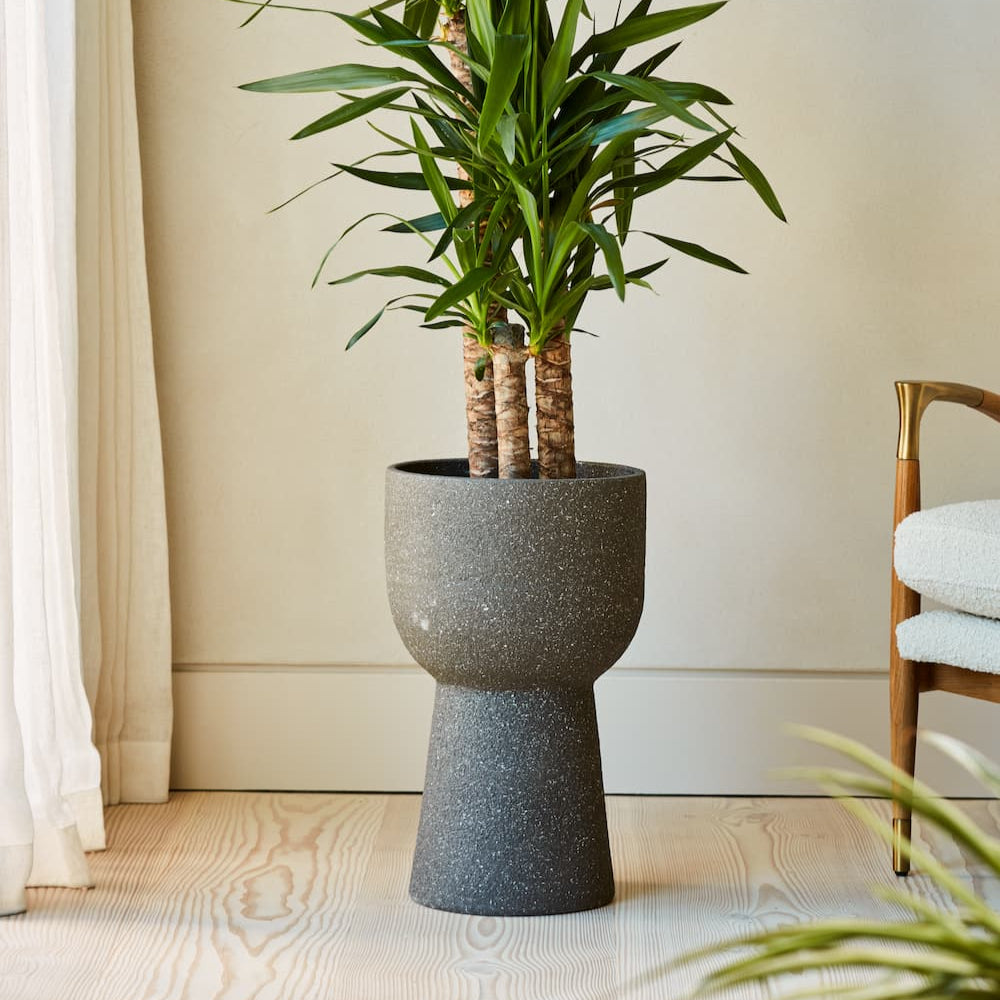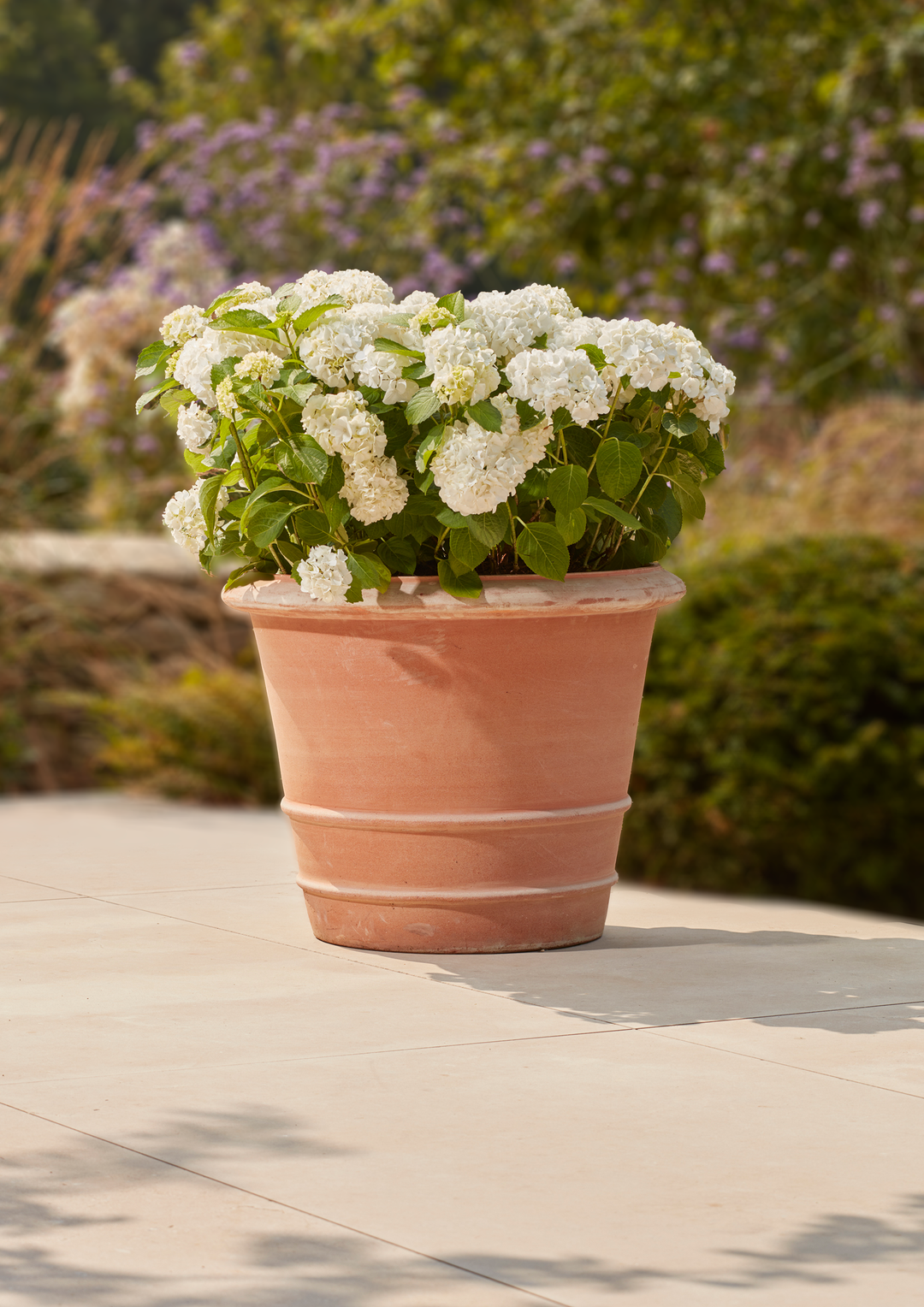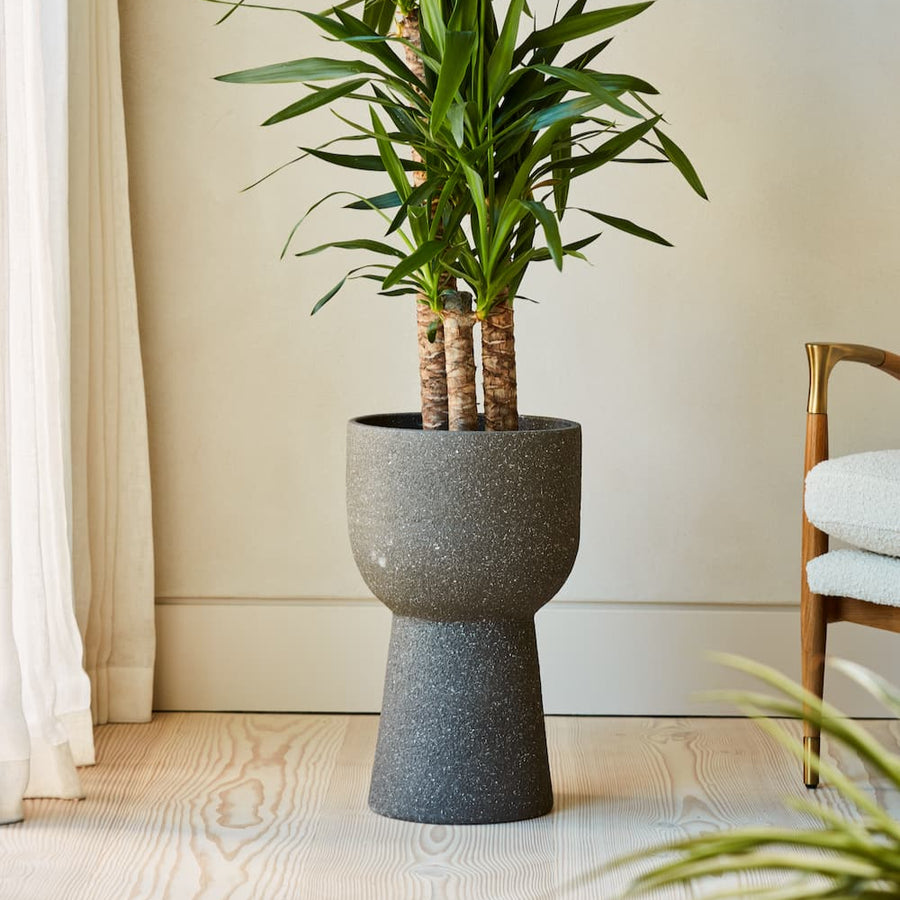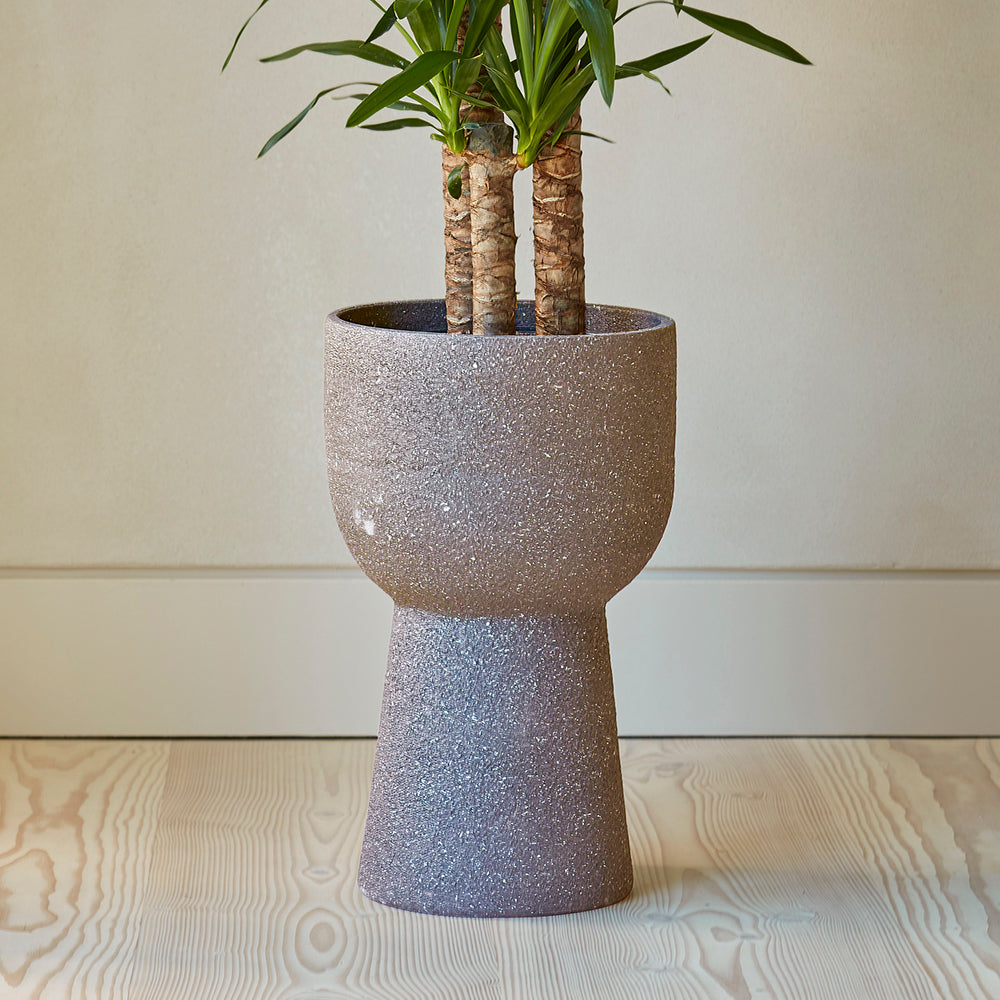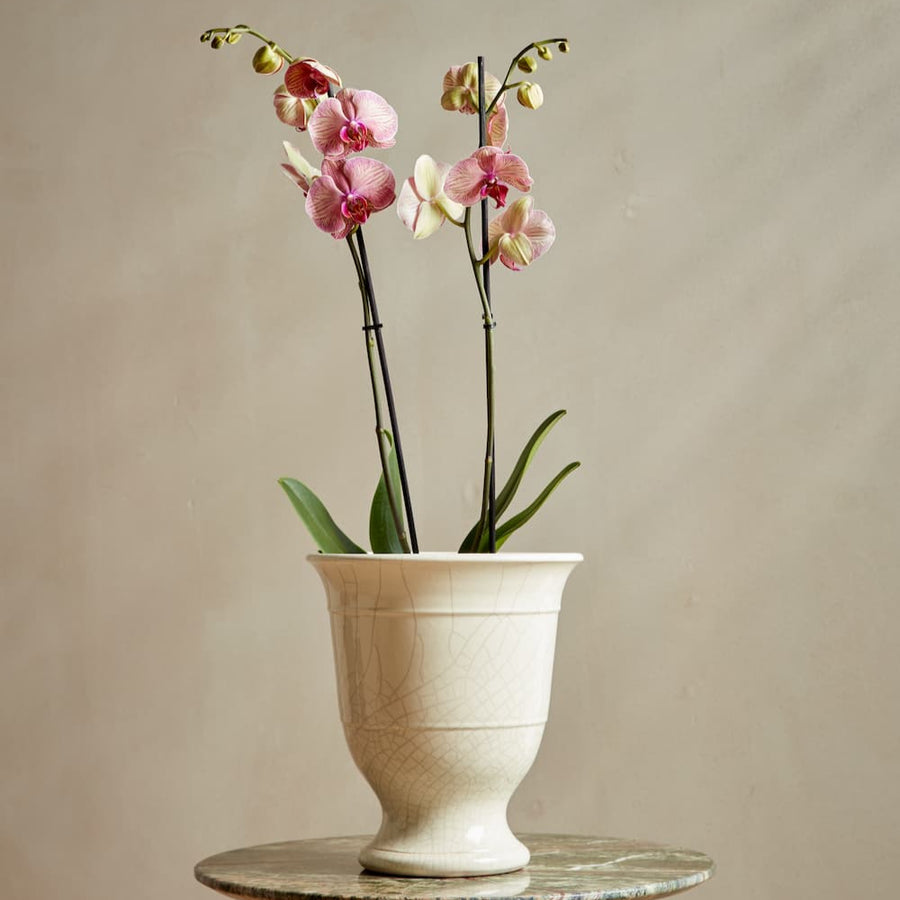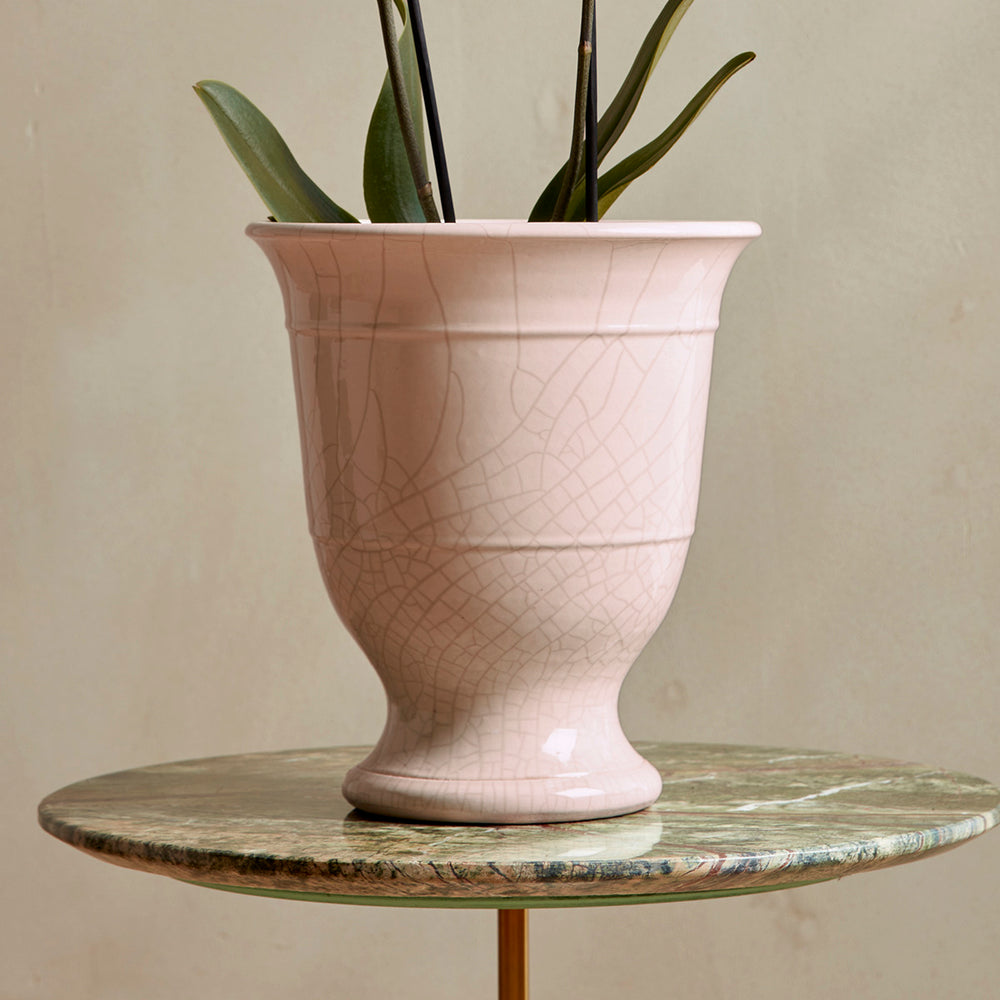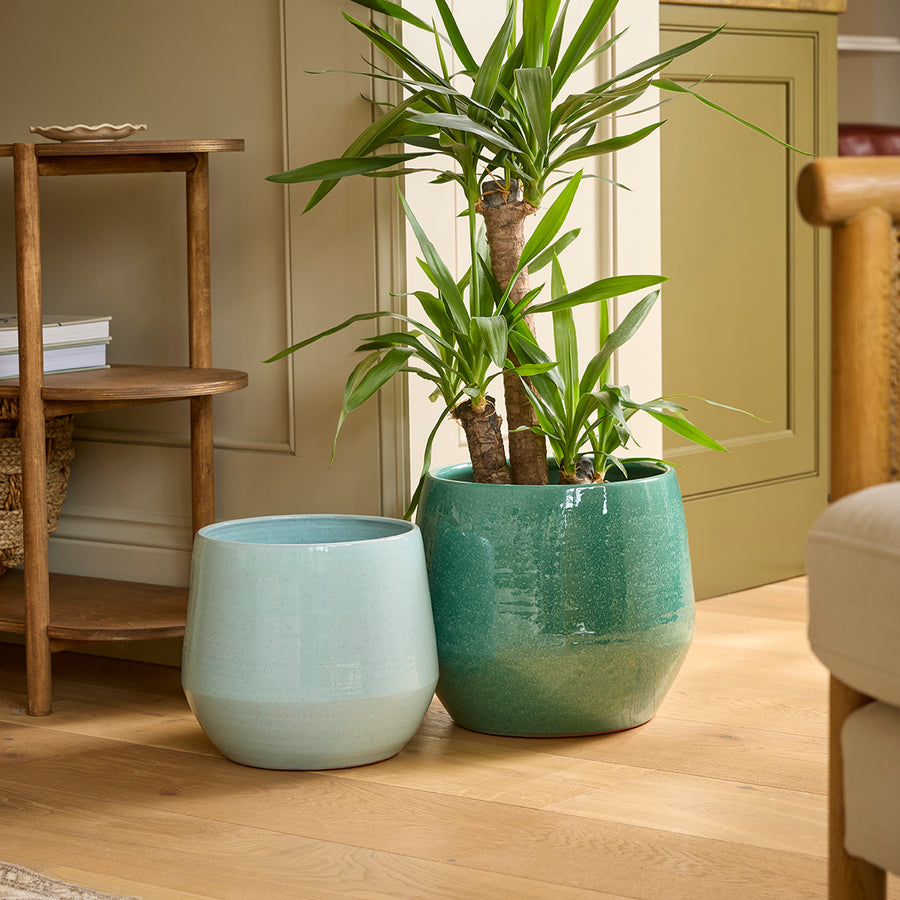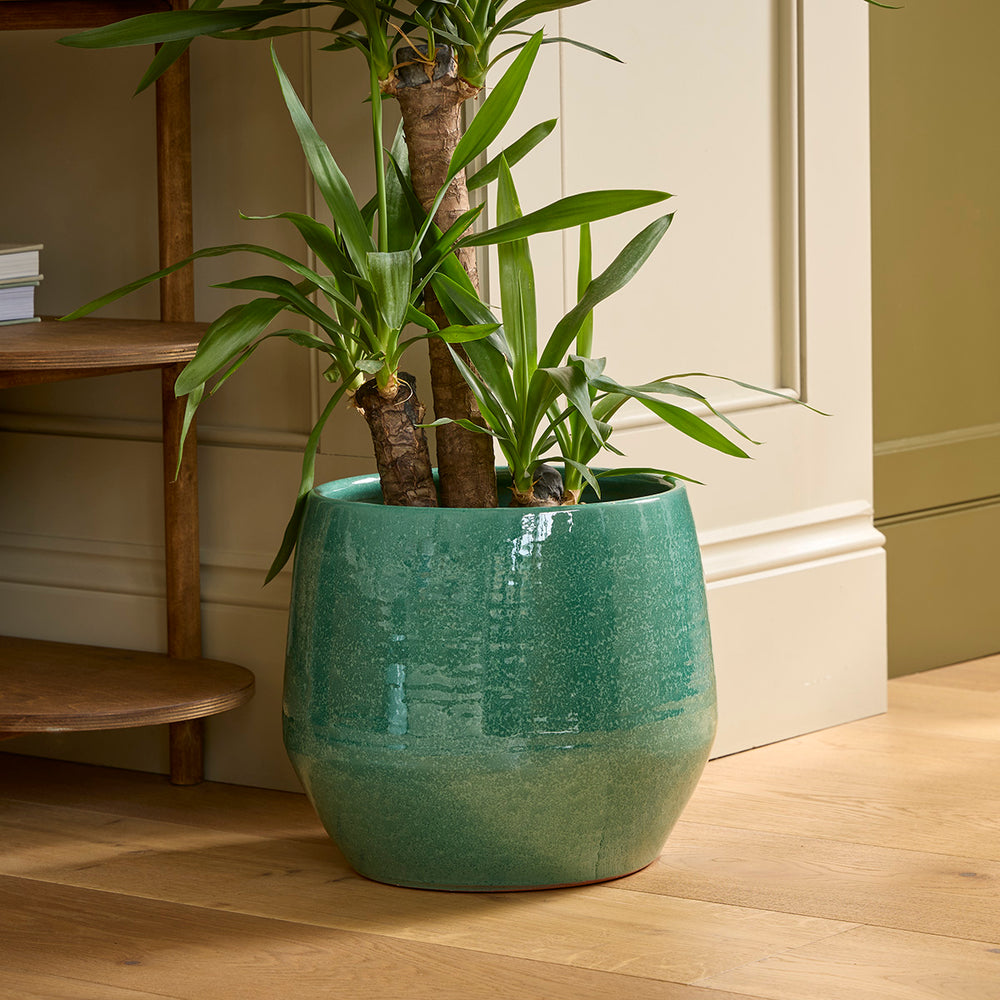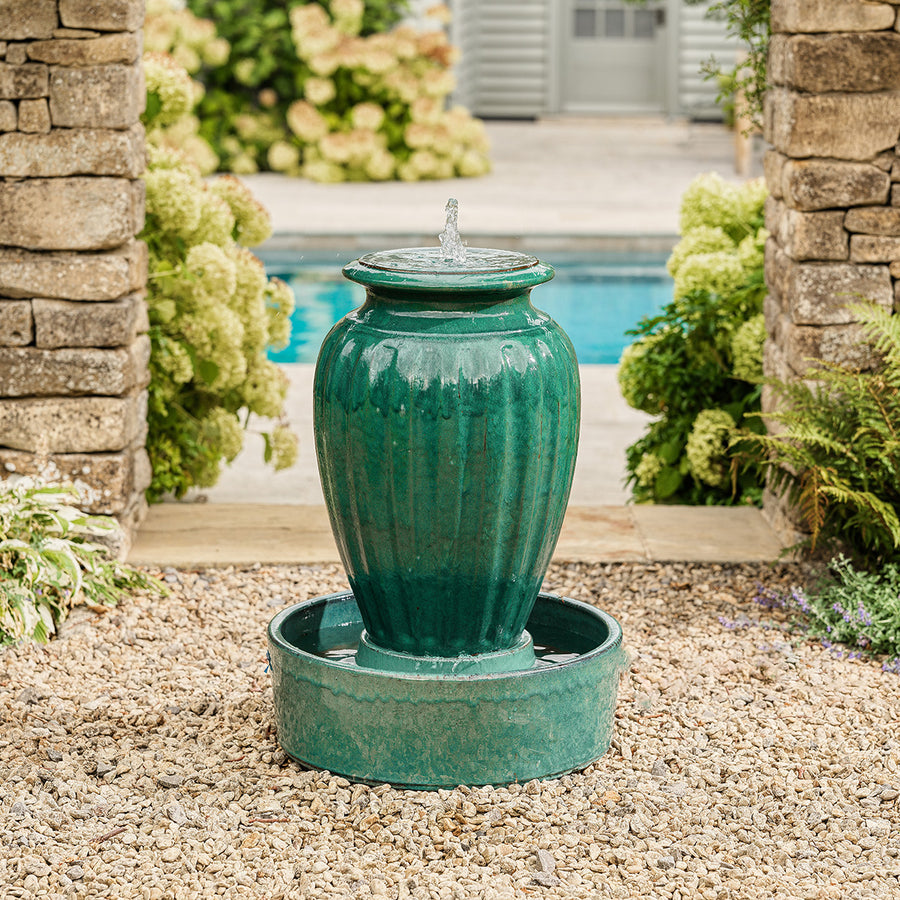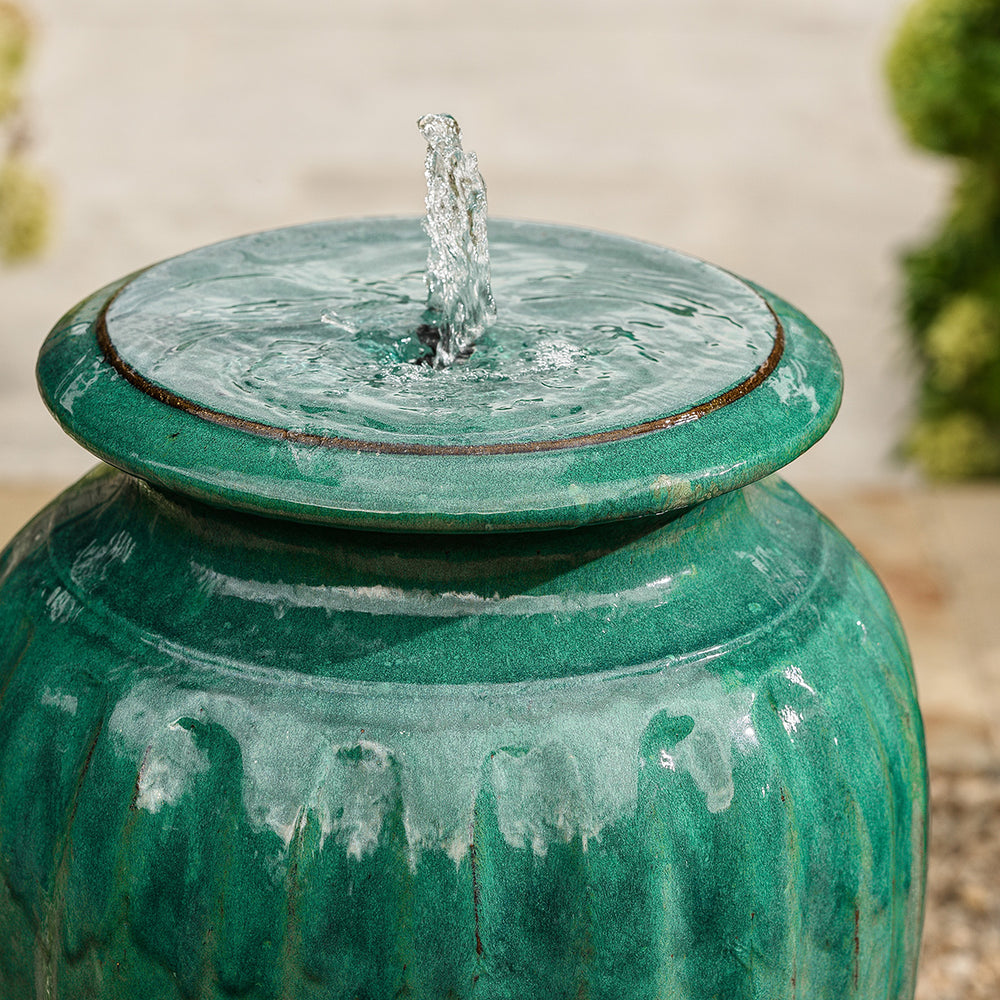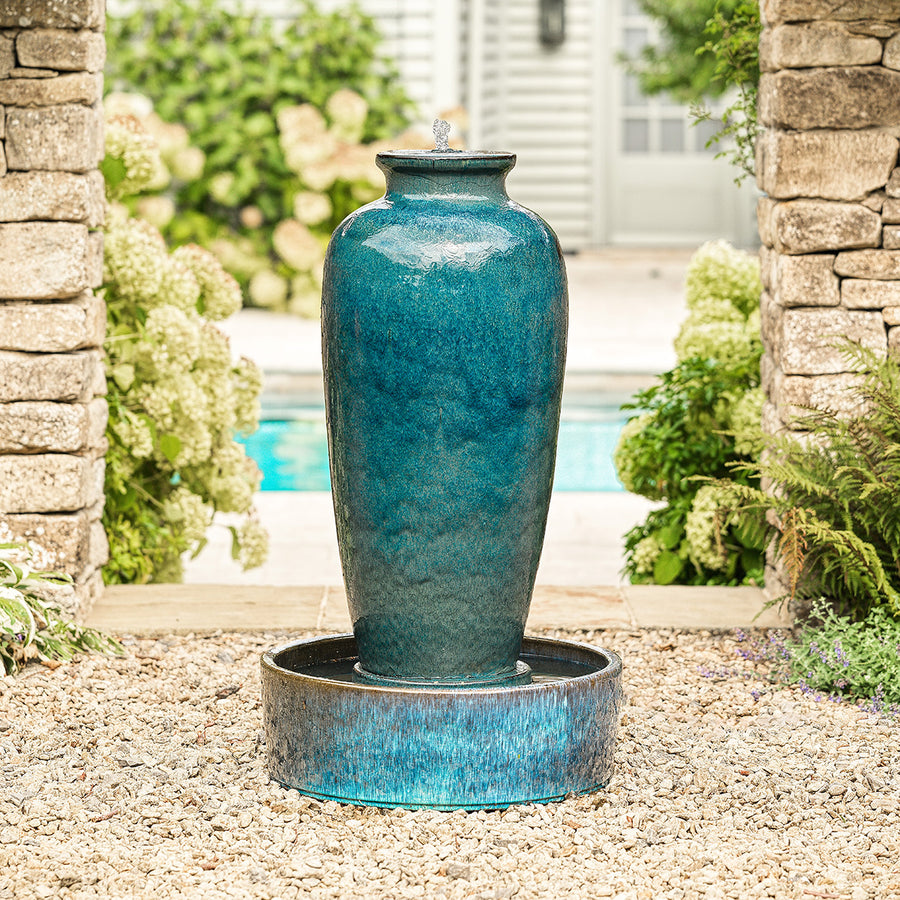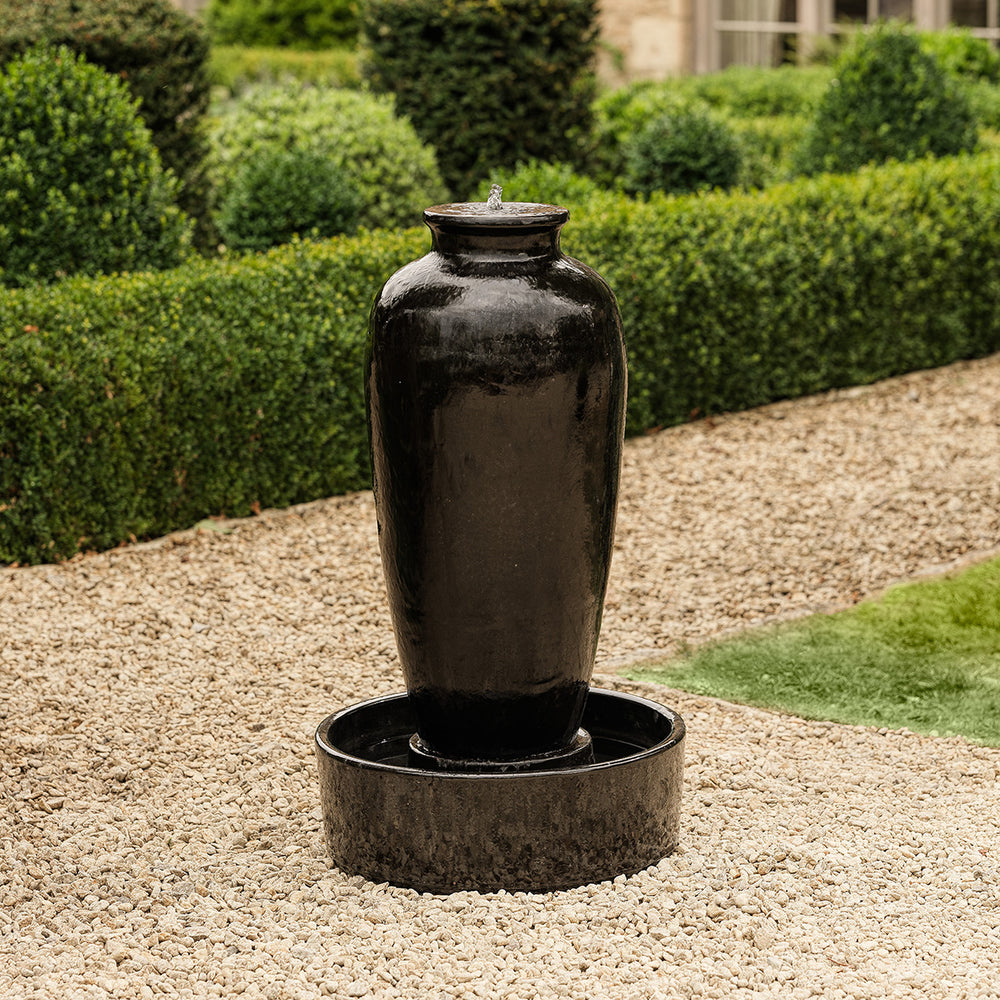A beginners gardening journey – gardening terminology demystified
Gardening is an engaging and rewarding hobby, but it can be a little unfamiliar and daunting for beginners to get started. For those that are new to their garden, there are a myriad of terms that may sound like a different language but don’t let that put you off! Here is a list of the most commonly used terms and exactly what they mean, to make you a better and more confident gardener.
- Annual: When a plant is referred to as an annual, this simply means that it lives and dies in one season. It will not rebloom the following year, but during its life cycle in your garden it will flower and reseed in the same season.
- Biennial: Biennial plants have a two-year life cycle. During the first year, they grow roots, stems and leaves. In the second year they bloom, produce seeds before dying off. Foxgloves and hollyhocks are biennials.
- Bedding: These are plants that generally are planted in volume in the garden for show, they are mostly annuals, which bloom all summer, for example pansies and violas.

- Deadheading: Plants with multiple blooms need to be deadheaded, which means you remove the dead flower from the plant. This encourages further growth and flowering – good examples of this are hydrangeas and roses.
- Deciduous: A plant or tree that sheds its leaves in winter. Most British trees such as oak and birch are deciduous.
- Dividing: This simply means dividing perennial plants apart to make several smaller batches to revitalise for the next season. This is mostly done in autumn to plants such as snowdrops, heucheras and primulas.
- Ericaceous: A type of plant that prefers acidic soil and will not grow successfully in alkaline soils like rhododendrons, azaleas and camellias.
- Evergreen: A plant that retains its leaves throughout the year, like conifers, daphne and fatsia.
- Hardening off: Acclimatising plants that have been grown indoors, inside a greenhouse or under protection to outside weather conditions.
- Mulching: Mulch is material that covers the soil, inhibits the growth of weeds, boosts nutrients whilst holding in moisture and warmth. Mulch may be made of organic or inorganic material such as leaves, wood chippings, bark and straw.

- Perennial: These flowering plants return to the garden year after year. They die back in winter but their roots survive and grow again in the spring. Geraniums, echinacea, lavender and peonies are prime examples.
- Potting on: Transplanting seedlings from their initial containers into larger ones so that it has room to expand its root ball and encourage growth. We have a great range of terracotta starter pots in various sizes to support your plant’s growth over the year.
- Rootbound: This is the condition potted plants develop when they are confined to a pot for too long and their roots have nowhere to go. Rootbound plants should be transplanted to larger pots to continue their growth. We have a wide selection of sizes and design to fit any plant and suit any space.
- Variegated: Foliage that is streaked or blotched with more than one hue is referred to as variegated. The leaves are often mixtures of green, yellow, white, and cream. Examples include hostas, euphorbia and acers.


